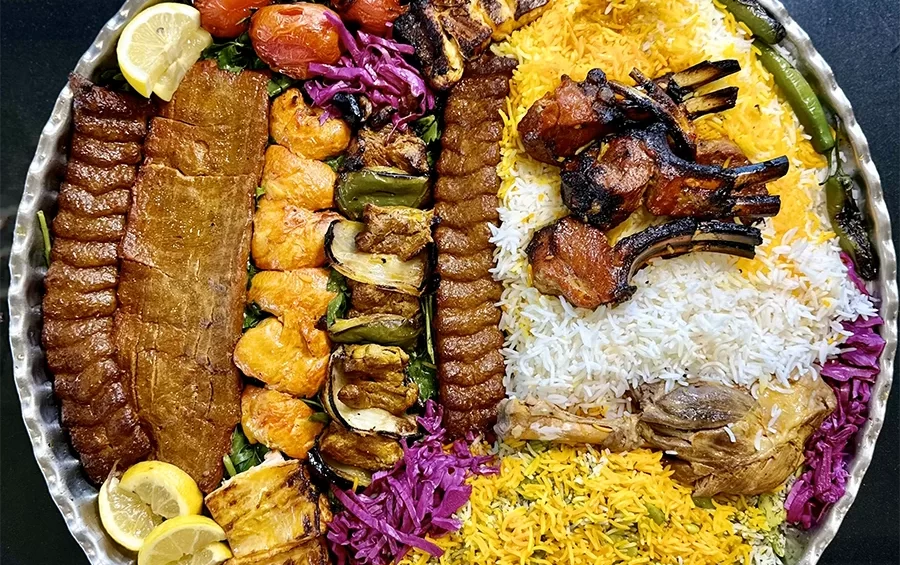Mediterranean Food: The Mediterranean diet is rich in lean proteins, like chicken, fish and legumes; fresh fruits and vegetables; whole, unprocessed grains; seeds and nuts; healthy fats like olive oil; and a limited intake of dairy and red meats.
The region spans a wide variety of cultures with distinct cuisines, in particular (going anticlockwise around the region) the Maghrebi, Egyptian, Levantine, Ottoman (Turkish), Greek, Italian, Provençal (French), and Spanish. However, the historical connections of the region, as well as the impact of the Mediterranean Sea on the region’s climate and economy, mean that these cuisines share dishes beyond the core trio of oil, bread, and wine, such as roast lamb or mutton, meat stews with vegetables and tomato (for example, Spanish andrajos and Italian ciambotta), and the salted cured fish roe, bottarga, found across the region. Spirits based on anise are drunk in many countries around the Mediterranean.
The cooking of the area is not to be confused with the Mediterranean diet, made popular because of the apparent health benefits of a diet rich in olive oil, wheat and other grains, fruits, vegetables, and a certain amount of seafood, but low in meat and dairy products. Mediterranean cuisine encompasses the ways that these and other ingredients, including meat, are dealt with in the kitchen, whether they are health-giving or not.
The Mediterranean diet, popularised in the 1970s, is inspired by the cuisine of parts of Greece and Italy in the early 1960s.[83] The American Diabetes Association writes about “Mediterranean-Style Eating”, mentioning “the traditional Mediterranean lifestyle … of … eating healthfully … together among family and friends”, and asserting that “Mediterranean cuisine is plant-based”, citing the ingredients “whole grains, fruits, vegetables, herbs and spices, beans, nuts, seeds, and olive oil”, and stating that most foods “in a Mediterranean diet come from plants”.
Fast food, Turkish style: with increasing wealth, people around the Mediterranean are changing their diet towards more meat (here, fried chicken) and less vegetables.
The 1984 Guida all’Italia gastronomica states that “around 1975, under the impulse of one of those new nutritional directives by which good cooking is too often influenced, the Americans discovered the so-called Mediterranean diet. The name even pleased Italian government officials, who made one modification: changing from diet—a word which has always seemed punitive and therefore unpleasant—to Mediterranean cuisine.”


